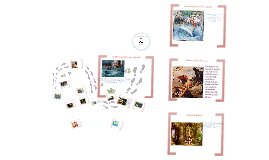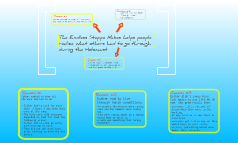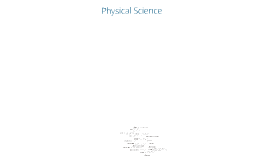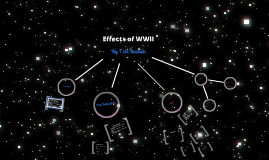Graphic Organizer
Transcript: Religious and Religion CASTE SYSTEM: -Rome took over Jewish Kingdom -About 2 decades after the beginning of Roman Rule, many believed THEIR Messiah had arrived(Jesus) -When Jesus was 30 yrs. old, he began his public ministry -Preaching from one town to another, more people knew about him. *Poor could relate because he ignored wealth. *Chief priests of Jews did mot believe Jesus was their Messiah because they felt he was a contempt for God. This lead to -In A.D. 66, many Jews rebelled against Rome because they wanted to be removed from Roman rule. -In A.D. 66 many Jews rebelled against Rome -In A.D. 70, the Romans stormed Jerusalem and destroyed their Temple Complex. -Christianity grew despite all the deaths by: embracing ALL people gave hope to the powerless offered a personal relationship w/ a loving god -promised eternal life after death *As Christianity began to rise, the Roman empire was gradually weakening between foreign & domestic problems. Social -Quin Shihuangdi, China's emperor, established unity within the diverse empire in 221 B.C. -People believed if the emperor did well their would be peace. If he did bad, their would be a natural catastrophe. -Peace could restore order & harmony. -Believed in social order and strong family relationships. -Senators -Equestrians(men who have a stable income) -Plebeians( avg. workers, craftsmen, bakers, builders, or farmers. It was hard for them to support their families and pay their taxes -Slaves & Freemen Many slaves were foreigners who were captured in war, prisoners of war, & some were children who were sold by their desperate parents for $. Slaves worked EVERYWHERE(private households, farms, city governments on engineering roads,buildings,etc.) Owners could whip, cruelly mistreated, or killed. Slaves could also be freed *Once they were freed they could work as Plebeians. Social Characteristics Christianity was state religion CLASSES: *classes had little in common *classes were based on heredity, property, wealth, citizenship and freedom Main religion Greek Mythology -believed gods offered protection to their city-states -pleased gods to live free of oppression & hardship -used rituals, ceremonies, & sacrifices to try & unify the people to try & please the god -each city-state contained their own divinities to try & make the city-states a community. -DID NOT try to spread religion Social Upper Class: *Need to be a citizen *Have slaves & at least 20 "talents" ($ in Greece) *Free of economic tasks such as trading Middle Class: *Most were non-citizens *Forbidden to own land and marry into a family of a citizen *Made sure navy fleet was maintained, empire was supported by heavy taxes *Professions: merchants, craftsmen, artists,etc. Lower Class: *Mostly made up of freedman(once a slave) *Most of time were non-citizens and the most they could get were a middle class job Slavery: *Prisoners of war, victims of slave raids, infants saved from criminals *Most people weren't greek, they were called Barbarians. * Can be freed by being paid off by a friend or relative, fighting in a war, master died, etc. *Athenian government employed slaves as clerks, minor officials, attendants, etc. SOCIAL -Emperor, they were considered semidivine -King & Governors, who appointed by the emperor.They governed with the help of state officials, nobles & scholars. -Peasant Farmers Their production of food was considered vital to the existence of the empire -Artisans & merchants -Soldiers, they guarded the empire's frontiers. -Slaves, they were usually conquered people RELIGION CLASS Order: -Brahmans...Priests Their were few of them They were the only one's who were allowed to teach and go to schools *Brahman women were not allowed to do neither -Kshatriyas...warriors & rulers Not large in number Were in the army or leaders in a way other than the Brahmans *Women could not be apart of this class -Vaishyas...skilled traders, merchants, and minor officials Owned their own business or farming land Their were many of them in India. -Sudras...unskilled workers Servants & farmhands who did not own their own land and business. Worked for people in a higher class Many farmers who were in the Vaishyas caste who lost their property or business would fall into this caste -Untouchables Held the worst jobs Usually collected garbage and cleaning up human waste *Slaves were below the Untouchables 7 were not even seen as humans but as property *You could not move up or out of your caste. Death could not even stop the cycle *People from different caste could not even marry each other or even become friends & not even be in the same presence Rome CHINA *Main religion is Confucianism SOCIAL RELIGION Religion INDIA Greece *2 main religions believed in Buddhism & Hinduism, Karma & Dharma *Both religions believe in perfect understanding.

















